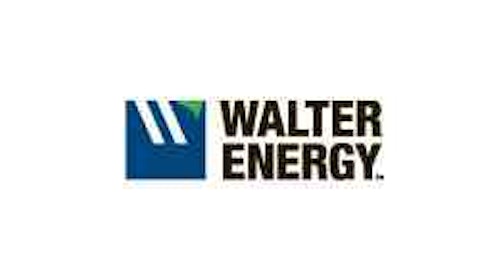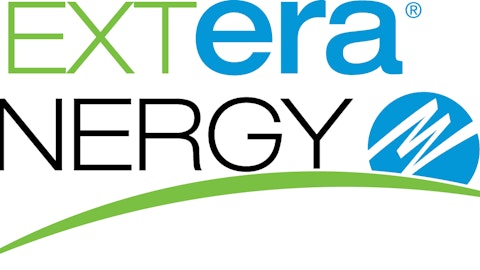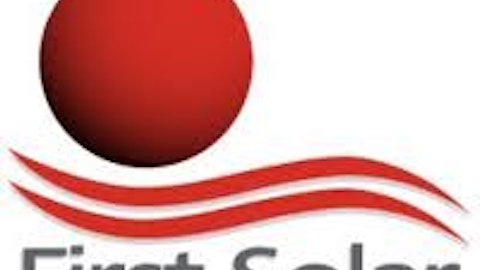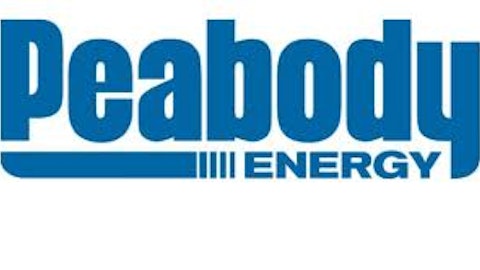The Energy Information Administration’s (EIA) 2013 total system levelized cost (LCOE) estimates aren’t exactly earth-shaking. Natural gas is cheaper than coal, while nuclear is in the middle. On the renewable front wind is cheaper than coal, while photovoltaic solar systems are very expensive. These estimates provide a good starting analysis of the energy markets, but they leave out a number of factors that shape the future of coal, solar, and other fuels.
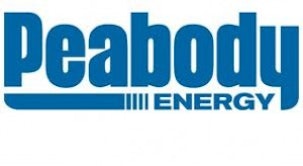
The discussion of externalities explores what factors have been forgotten in the pricing of an asset. Producers of coal and utilities are not forced to pay the increased health costs that society bears for using coal, but the costs are real. These increased health costs are considered a prime example of externalities.
Externalities Have Real Effects
Based on the EIA’s estimates, natural gas, wind, and coal are three of the cheapest energy sources. Basic free market principles state that these energy sources should see the most growth. In the real world, externalities have powerful repercussions and are important drivers in government policy and energy demand.
In an effort to decrease smog and improve health conditions, China recently introduced a carbon trading scheme. This system will punish carbon intensive energy sources like coal and boost cleaner sources like solar and wind energy. In the end, externalities impact prices and demand for coal, even if the EIA’s LCOE numbers underestimate health costs.
What Does this Mean for U.S. Coal Miners?
With the advent of cheap natural gas in the U.S., coal miners have started to look overseas to find new customers. Peabody Energy Corporation (NYSE:BTU) is a prime example, as it developed a number of mines in Australia to give itself an advantage in China and India. China’s recent talk of increasing carbon costs will impact Peabody Energy Corporation (NYSE:BTU), but it will have a larger impact on their lower quality competitors from Indonesia.
Coal miners are a great contrarian play. Even though coal isn’t popular, it is a great global fuel that is easy to easy to transport. That being said, it isn’t a good idea to just go out and buy every coal miner. Peabody Energy Corporation (NYSE:BTU) has low cost mines in America’s Midwest in addition to its Australian assets. Alpha Natural Resources, Inc. (NYSE:ANR) is in a different boat, as it has a number of higher cost mines in the older Appalachia region.
Alpha Natural Resources, Inc. (NYSE:ANR)’s -39.5% profit margin, -45.3% earnings before interest and taxes (EBIT) margin and -30.0% return on investment (ROI) show just how many challenges the company is facing. At the same time, Peabody Energy Corporation (NYSE:BTU)’s better positioned Australian and U.S. assets give it a -9.9% profit margin, -0.9% EBIT margin and -7.1% ROI. Both companies are suffering, but Peabody Energy Corporation (NYSE:BTU) is ready to endure the current downturn and profit when the coal market comes back.
Don’t Forget the Capacity Factor
The EIA’s capacity factor number estimates how much electricity can really be produced from a power plant relative to its theoretical maximum. A higher capacity factor is better. The EIA gives solar PV systems a capacity factor of just 25%, helping to make it the third most expensive energy source. These numbers make it look like solar is dead in the water and completely dependent upon government subsidies, but this isn’t the whole story.
Places with large amounts of sunlight increase solar’s usefulness, drive up its capacity factor and decrease its total costs. Using solar trackers can further increase yields. For these reasons, the cheaper solar photovoltaic systems are less expensive than the average advanced coal system or the average natural gas-fired conventional combustion turbine.
SunPower Corporation (NASDAQ:SPWR) is one the best U.S. solar manufactures. It sells a number of high efficiency panels that can take advantage of Japan’s and California’s high real estate prices. SunPower Corporation (NASDAQ:SPWR) notes in its latest investor presentation that it is able to deliver systems with a $0.14/kWh LCOE. This rate is very competitive for retail customers in expensive markets like California. With a quick ratio of 1.00, a total debt to equity ratio of 0.72 and an EBIT margin of -8.7%, Sunpower should be able to endure the current downturn and come out on top.
Conclusion
The EIA’s cost estimates are a good starting point to for an analysis of the energy industry, but they are not the whole picture. Coal’s negative environmental effects are difficult to include in LCOE calculations, but they have real impacts on policy and coal demand. High cost coal producers like Alpha Natural Resources, Inc. (NYSE:ANR) have a challenging future, but Peabody Energy Corporation (NYSE:BTU) is more diversified and a better contrarian play. By reexamining solar’s capacity factor it become obvious that its cost structure can easily be overestimated. High efficiency solar producers like Sunpower are worth a second look.
The coal industry in the United States has been in a state of flux since the arrival of a cheaper alternative for energy production: natural gas. Exports are becoming a much bigger part of the domestic coal landscape, and Peabody Energy has deals in place to get its cheaper coal from the Powder River and Illinois basins to India, China, and the EU.
The article Take a Second Look at the EIA’s Estimates originally appeared on Fool.com.
Joshua Bondy has no position in any stocks mentioned. The Motley Fool has no position in any of the stocks mentioned. Joshua is a member of The Motley Fool Blog Network — entries represent the personal opinion of the blogger and are not formally edited.
Copyright © 1995 – 2013 The Motley Fool, LLC. All rights reserved. The Motley Fool has a disclosure policy.
